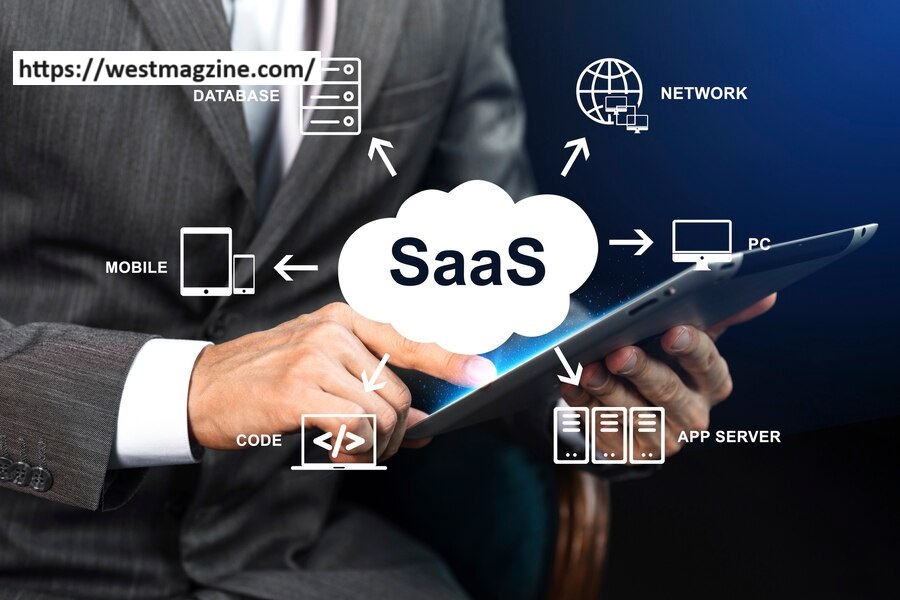In records integration and commercial enterprise intelligence, SQL Server Integration Services (SSIS) is a powerful device that allows organizations to transform and manage their facts. Whether you are a facts engineer, analyst, or developer, information SSIS and its additives are crucial for constructing efficient data workflows. In this article, we will discover the skills of SSIS 816, its functions, and nice practices for utilizing this device to its fullest capacity.
What is SSIS 816?
SSIS 816 refers to a selected version or build of SQL Server Integration Services, a component of Microsoft’s SQL Server that allows facts integration and transformation. SSIS is designed to deal with complex facts migration, ETL (Extract, Transform, Load) procedures, and information cleansing tasks. It is a critical tool for groups that depend upon fact-driven choice-making.
Key Features of SSIS 816
SSIS 816 introduces numerous upgrades and functions that enhance the performance and versatility of records integration processes. Here are some of the important thing capabilities:
- Improved Data Flow Performance
One of the standout functions of SSIS816 is its greater data glide performance. The introduction of optimized facts flow components permits faster processing of huge facts sets, decreasing the time required for ETL operations.
- Parallel Execution: SSIS816 helps the parallel execution of records to go with the flow duties, allowing higher usage of gadget sources and enhancing throughput.
- Buffer Management: Improved buffer management algorithms lessen reminiscence consumption and increase processing velocity.
- Advanced Connectivity Options
SSIS816 offers expanded connectivity options, allowing users to connect to various data assets and locations. This includes aid for:
- Cloud Integration: Seamless integration with cloud platforms, Azure, and AWS for hybrid records eventualities.
- NoSQL Databases: Enhanced guide for NoSQL databases like MongoDB and Cassandra, enabling integration with modern-day data architectures.
- RESTful APIs: Native guide for connecting to RESTful APIs, simplifying the system of extracting and loading information from internet services.
- Robust Error Handling and Logging
Error management and logging are important additives in any statistical integration. SSIS816 offers strong capabilities to make sure data is satisfactory and traceability:
- Custom Error Handling: Users can define custom errors coping with common sense for distinctive degrees of the ETL procedure, making an allowance for more granular manipulation over data variations.
- Comprehensive Logging: SSIS816 includes built-in logging competencies that capture specific statistics about the execution of applications, supporting customers to diagnose issues and reveal overall performance.
- Enhanced Data Transformation Capabilities
Data transformation is at the coronary heart of any ETL manner. SSIS816 introduces numerous new transformation components and enhancements:
- Data Cleansing Components: Advanced records cleaning components automate detecting and correcting commonplace facts and exceptional problems, including duplicates and inconsistencies.
- Machine Learning Integration: SSIS816 lets users combine gadget-mastering fashions into their information workflows, permitting predictive analytics and records-pushed selection-making.
- User-Friendly Design Interface
The layout interface of SSIS816 has been revamped to provide a greater intuitive and consumer-pleasant experience:
- Drag-and-Drop Functionality: The SSIS Designer allows customers to build complicated records workflows using an easy drag-and-drop interface.
- Visual Debugging: Enhanced debugging gear provides visual insights into data flows, simplifying discovering and resolving troubles.
Best Practices for Using SSIS 816
To maximize the benefits of SSIS816, it is crucial to comply with best practices that make certain green and dependable information integration approaches. Here are some key tips:
- Optimize Data Flow Performance
- Use Data Flow Buffers Wisely: Configure buffer sizes correctly to balance reminiscence usage and performance. Larger buffers can improve throughput, but immoderate reminiscence intake can degrade device performance.
- Enable Parallel Processing: Leverage SSIS’s parallel processing capabilities to optimize performance, particularly for large information units.
- Implement Robust Error Handling
- Use Event Handlers: Utilize SSIS occasion handlers to manage mistakes and exceptions gracefully. This ensures that troubles are logged and addressed without disrupting the complete workflow.
- Implement Retry Logic: For brief errors, which include transient connectivity issues, put in force and retry common sense to improve the resilience of facts workflows.
- Leverage Parameterization and Configurations
- Use Parameters and Variables: Use parameters and variables to make SSIS packages more bendy and adaptable to special environments and situations.
- Employ Configurations: Implement bundle configurations to manipulate environment-precise settings, connection strings and document paths.
- Monitor and Maintain SSIS Packages
- Regularly Review and Update Packages: Keep SSIS programs up-to-date to incorporate enhancements and new features, ensuring the most useful overall performance.
- Use Logging and Monitoring Tools: Utilize SSIS’s integrated logging and monitoring capabilities to song package execution and performance metrics.
Conclusion
SSIS 816 is a powerful and versatile information integration and transformation device, imparting various functions and improvements that streamline ETL strategies. By acquiring the important SKF SSIS816 and following best practices, agencies can harness the whole capability of this device to pressure data-pushed choice-making and achieve the achievement of strategic goals. Whether you’re a seasoned statistics professional or new to SSIS, exploring the possibilities of SSIS816 can open new avenues for records innovation and achievement.
FAQs About SSIS 816
- What is SSIS 816?
SSIS816 refers to a particular version or construct of SQL Server Integration Services, a tool for statistics integration, transformation, and ETL techniques.
- What are the key capabilities of SSIS 816?
The key capabilities of SSIS816 consist of advanced data flow performance, advanced connectivity options, sturdy blunders for dealing with and logging, superior information transformation talents, and a user-pleasant design interface.
- How can I optimize statistics about the overall performance of SSIS 816?
To optimize statistics glide overall performance, configure buffer sizes appropriately, allow parallel processing, and leverage SSIS’s advanced statistics flow components.
- What are a few excellent practices for the usage of SSIS 816?
Best practices for using SSIS816 include optimizing records drift performance, implementing robust error coping, leveraging parameterization and configurations, and tracking and preserving SSIS packages.
- How can I combine SSIS 816 with cloud structures?
SSIS816 provides seamless integration with cloud systems, including Azure and AWS, taking into account hybrid record eventualities and cloud-based total statistics processing.



